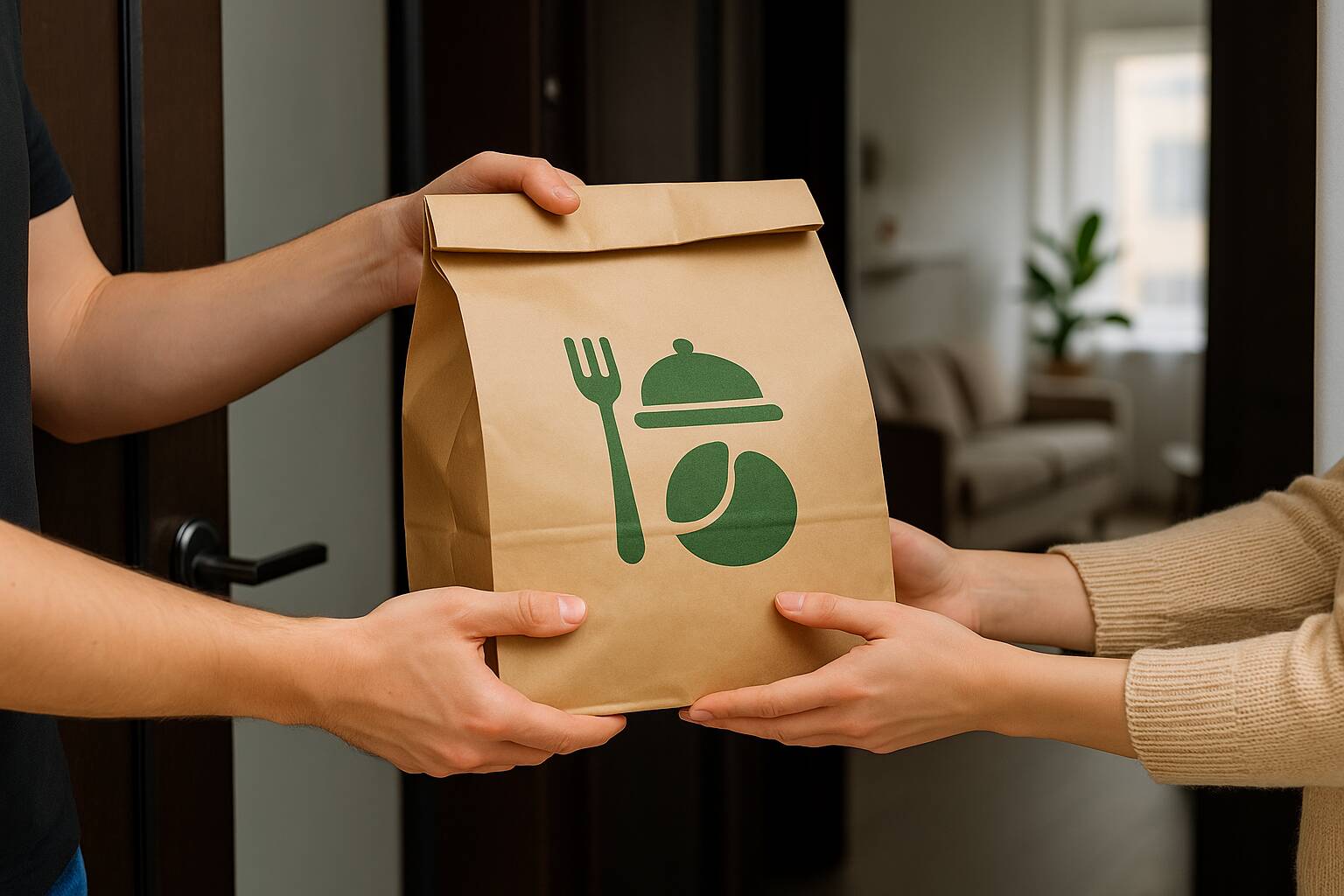Menopause is the permanent cessation of a woman’s menstrual cycle for 12 months. This is when she losses all the ovarian follicular activity. In other words, she is not reproductive anymore. It is a natural process that occurs with age. It results from the decline of sex hormones such as estrogen and progesterone.
Estrogen is key to women’s sexual and reproductive health. It supports sexual and reproductive development and bone health. It improves mood and lowers the risk of cancer. During menopause, a woman's estrogen levels take a massive dip.
Here are 10 low-fat, estrogen-rich foods that may be your ticket to a smoother transition and fewer menopausal symptoms. Keep an eye out for them in the grocery store, or make sure they're available from your favorite meal delivery service.
1. Natto
Natto, a fermented soy product, tops the list of low-fat, estrogen-rich foods. Natto is a powerhouse of nutrients and contains phytoestrogens. It helps prevent postmenopausal bone loss, reduces post-menopausal symptoms, and boosts the immune system (2). It is also a strong antioxidant that prevents complications related to oxidative stress.
Fermented soy is far easier to digest, and the plant estrogen they contain is readily available to our bodies. Considered one of the key foods for Japanese longevity, natto is rich in many functional components such as nattokinase, soybean isoflavones, and vitamin K2.
The high vitamin K2 in natto ensures calcium doesn’t build up in the soft tissues like the coronary arteries and joints. It takes the calcium and ushers it into the bones, making them stronger. This is highly beneficial for menopausal women as bone loss is a big problem at this stage.
2. Flaxseed
Ground flaxseed is very good for menopause. In a 2002 study published in Obstetrics and Gynaecology, it was found that supplementing with 40 grams of ground flaxseed was as effective as hormone replacement therapy (3). It helps raise estrogen levels and improves mild symptoms.
Flaxseed contains lignin, which effectively reduces the frequency of hot flashes. It also helped with vaginal dryness, improving the overall quality of life.
3. Tofu
This is another soy-rich food that is high in isoflavones and mimics estrogen. Soy and soy products can reduce hot flashes considerably. Researchers have noted that perimenopausal women who consume tofu that has 50-100 mg of isoflavones daily for three months experienced reduced menopausal symptoms (4).
4. Edamame
As a soy product, edamame also contains phytoestrogens. Edamame also contains a good amount of vitamin B, C, K, and folate. Folic acid helps reduce the severity, duration, and frequency of hot flashes during menopause. It also helps facilitate bone mineralization.
Edamame also contains manganese, magnesium, iron, and zinc. Manganese is also known as the "bone mineral" and helps keep bones strong. It reduces anxiety, promotes calmness, stabilizes blood pressure, and boosts restful sleep. These are crucial during menopause, characterized by mood disorders, depression, and insomnia.
Magnesium and vitamin K helps keep bones strong and prevent osteoporosis. Zinc reduces inflammation and helps deal with menopausal mood swings.
5. Cruciferous Vegetables
Cruciferous vegetables, such as broccoli, kale, and Brussel sprouts, contain phytoestrogens and are low in fat and high in antioxidants.
In addition, cruciferous vegetables have anti-inflammatory and anti-cancer properties, which are very important for a menopausal woman. They are rich in nutrients and high in fiber, which keeps you full longer. They are a great tool for maintaining body weight during menopause.
6. Sesame Seeds
During menopause, estrogen levels drop quite a lot. Sesame seeds can help counteract these symptoms as they are high in phytoestrogens. This seed is good for managing your blood sugar levels and blood pressure and can help with arthritic pains, thyroid function, skin, and hair.
Nutty and flavorful, these seeds can be your solution to a variety of menopausal problems.
7. Red Grapes
After menopause, many women tend to develop insulin resistance, high blood pressure, and memory fog. The polyphenols (flavonoids) found in grapes have been shown to reduce these symptoms.
One such example is resveratrol, the pigment that gives the red color to the grapes that slows down the rate at which estrogen is removed from your body.
8. Garlic
Garlic is rich in phytoestrogens and helps balance your hormones during menopause, which can help prevent hot flashes. Menopause is also associated with increased oxidative stress, and garlic can help reduce it with its strong anti-oxidant property.
9. Berries
Menopause can increase the risk of cardiovascular diseases, cancer, and metabolic disorders. Berries contain flavonoids that help keep these problems at bay. Their anti-inflammatory and anti-oxidant properties have been associated with a decrease in blood pressure, reduction of fat, and improvement in cholesterol levels.
10. Nuts
Nuts have high amounts of phytoestrogens, especially pistachios, peanuts, and walnuts. They are full of protein, good fats, and fat-soluble vitamins. Nuts are also a rich source of calcium, magnesium, potassium, and zinc, making them a superfood that can help ease menopausal symptoms.
Nuts also improve bone mineral density and contain zinc and magnesium that help keep depressive symptoms at bay.
Conclusion
Food plays a vital role in managing menstrual symptoms. A nutrient-rich menopause diet meal plan with oxygen and iron-rich foods to improve circulation might just be the answer. Some foods may worsen your symptoms, so it's important to choose wisely.
We understand that making a healthy meal in a busy lifestyle is not always possible. Home delivery services such as HelloFresh and Home Chef are a great option, especially for getting more veggies into your diet. If you're low on time, opt for an oven-ready prepared meal delivery service.
